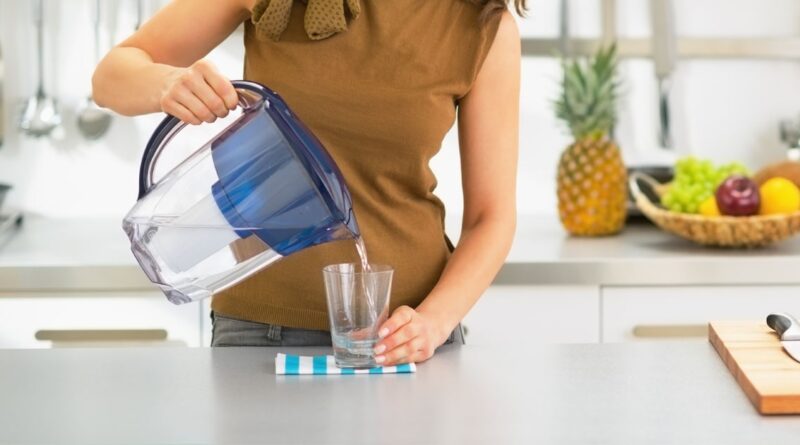Water is one of the most basic necessities of life, and it’s important that it be clean, healthy, and safe for consumption. Unfortunately, not all water sources are created equal. Some homes have hard water, others have high levels of minerals or dissolved solids, and some may even have contaminants like lead or bacteria.
Poor water quality can have negative health effects, and it can also damage your pipes and appliances over time. But there are some things you can do to improve your home’s water quality. In this blog post, we’ll explore some of the best ways to do just that. Read on to learn more.
Why is water quality so important?
Maintaining good water quality is crucial for homeowners, as it can impact their health and wellbeing. Contaminated water can contain harmful bacteria, viruses, and chemicals that can cause illnesses ranging from stomach cramps to serious infections.
Poor quality water may also affect the taste and smell of the water, leaving limescale deposits on appliances and reducing their lifespan. Ensuring that water is clean and free from impurities through regular testing and treatment methods can greatly improve overall water quality, thus helping homeowners to avoid potentially costly health and maintenance issues in the long run.
As a result, investing in good water quality systems can be a wise decision for any responsible homeowner concerned about the wellbeing of their family and their home. Here are some ways to improve the water quality in your home.
1. Install a water softener
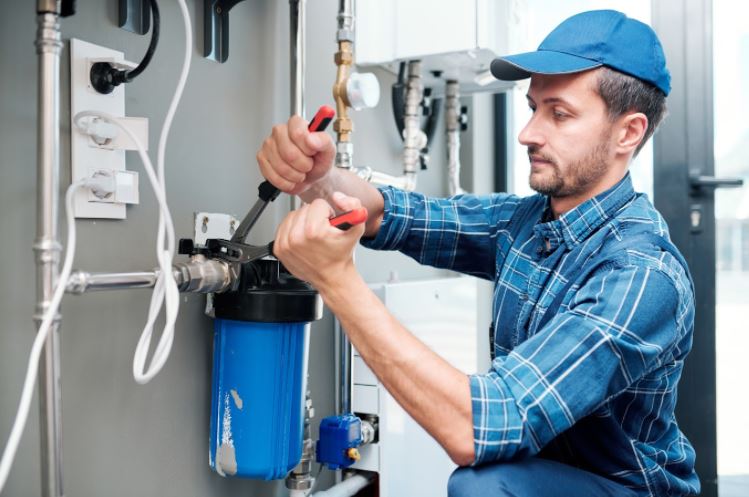
source: pinterest.com
Hard water is a common problem for homeowners across the country. This term refers to water that contains high levels of minerals like calcium and magnesium. When these minerals interact with soap, they can form a white, chalky residue known as soap scum.
Hard water can also leave mineral buildup on faucets and showerheads, and it can be tough on your skin and hair. Installing a water softener can help to reduce the levels of these minerals in your water, making it easier to clean and gentler on your skin.
2. Use a water filter
A water filter can remove impurities and contaminants from your water supply, including things like chlorine, lead, and bacteria. There are several types of water filters on the market, including carbon filters, reverse osmosis systems, and ultraviolet filtration.
Each type of filter has its own strengths and weaknesses, so it’s important to do your research and find the one that’s right for your home’s specific needs.
3. Test your water regularly
Testing your water regularly is an important step in ensuring that it’s clean and safe for consumption. You can buy a water testing kit online or from a local hardware store, or you can have your water professionally tested by a certified laboratory.
Testing can help you identify any issues with your water quality, such as high levels of minerals, contamination, or pH imbalance. Armed with this knowledge, you can take steps to improve your water quality and protect your health.
4. Maintain your plumbing system
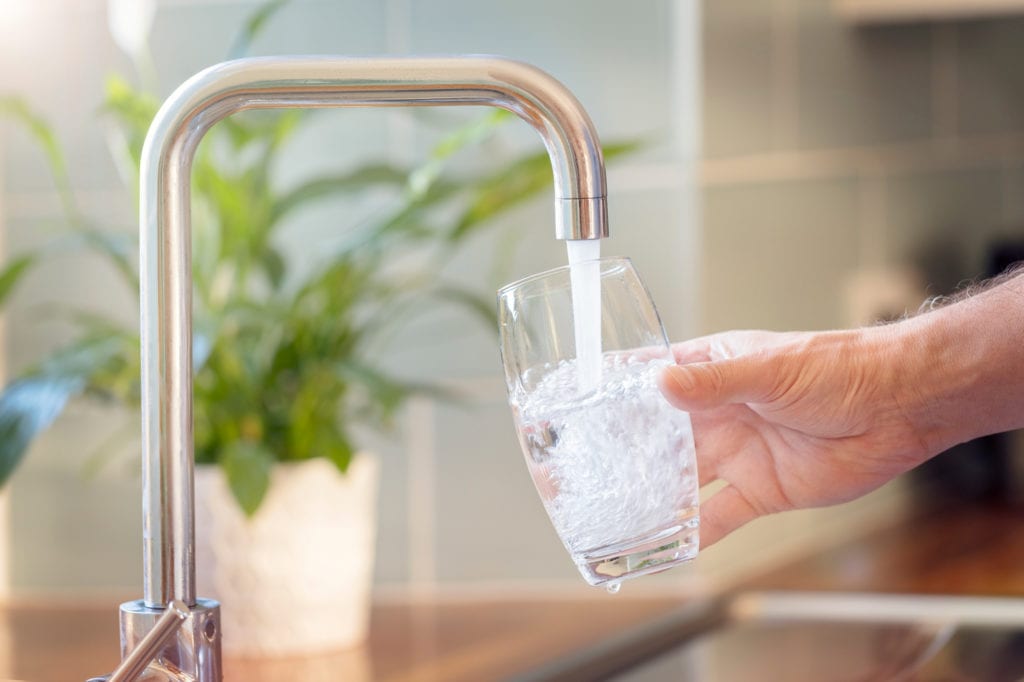
source: pinterest.com
Your plumbing system plays an important role in your home’s water quality. Over time, pipes can develop leaks or buildup, which can affect the quality and taste of your water.
It’s important to have your plumbing system inspected and maintained regularly to identify and address any issues. You may also want to consider having a water treatment professional install a whole-house filtration system to help ensure that your water is always clean and safe.
5. Maintain your water heater
Water heaters are prone to mineral buildup, which can lead to rust and other contaminants. Regular maintenance of your heating system is crucial to ensure that it is functioning optimally.
Emptying the water heater tank regularly helps to eliminate the mineral buildup and ensures that your water heater produces clean water.
6. Consider a water softening additive
If you’re hesitant to install a water softener, you may want to consider using a water softening additive instead. These products are designed to reduce the effects of hard water without the need for a water softening system.
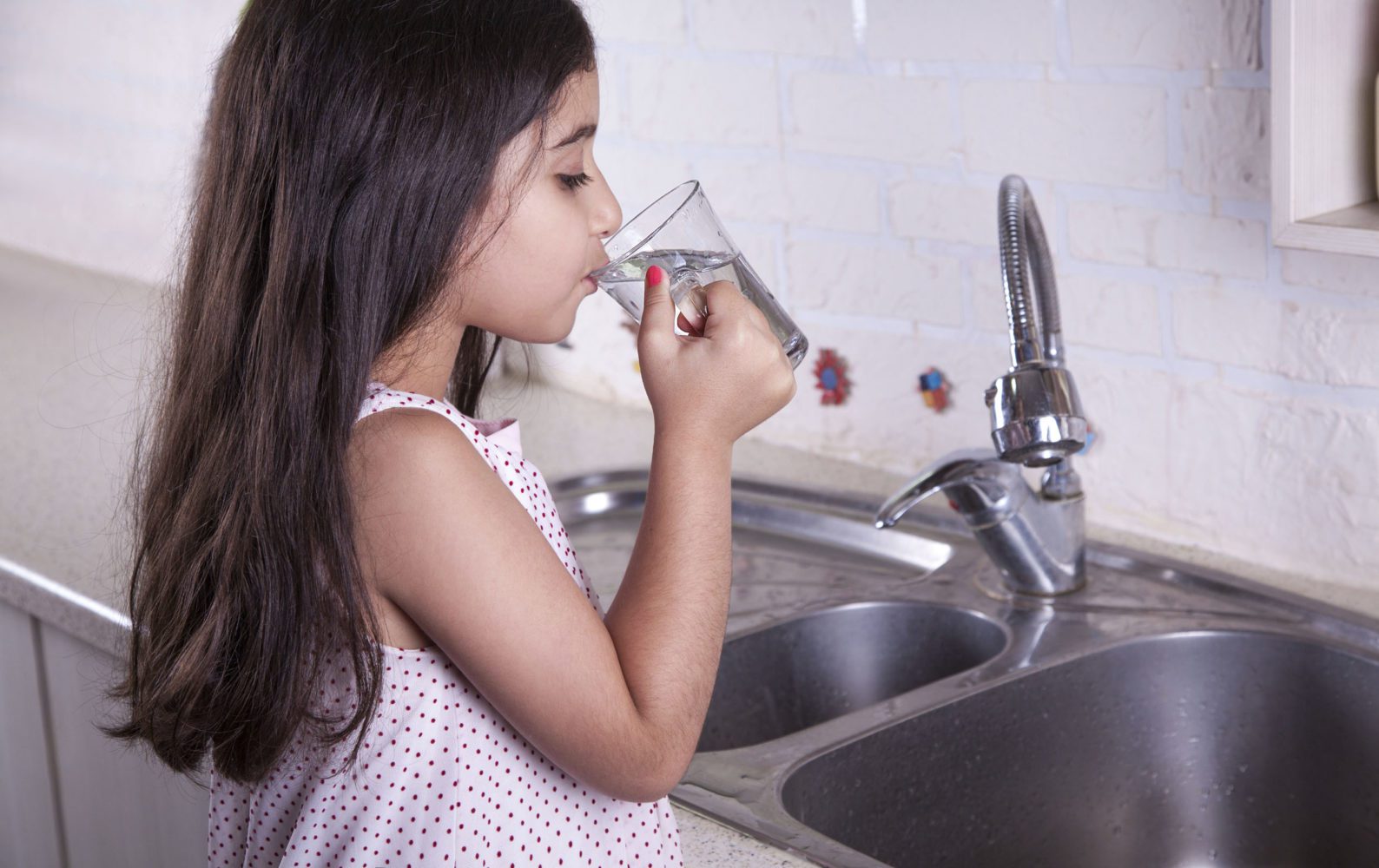
source: pinterest.com
They can be added to your washing machine or dishwasher to help keep your clothes and dishes looking their best, and they can help to remove mineral buildup from your faucets and showerheads.
7. Boil your water
Boiling your water is an effective way to kill bacteria and other harmful microorganisms that may be present in the water. However, boiling water may not remove all impurities such as chemicals, heavy metals, and minerals. So, it is best to use boiling water in conjunction with a water filtration system.
8. Check your pipes
Old plumbing pipes can contribute to poor water quality. Old pipes can contain lead or other harmful materials, which can leach into the water over time. If you have older pipes, it is best to have them checked and replaced if necessary. Additionally, copper pipes can corrode over time, contributing to compromised water quality.
Conclusion
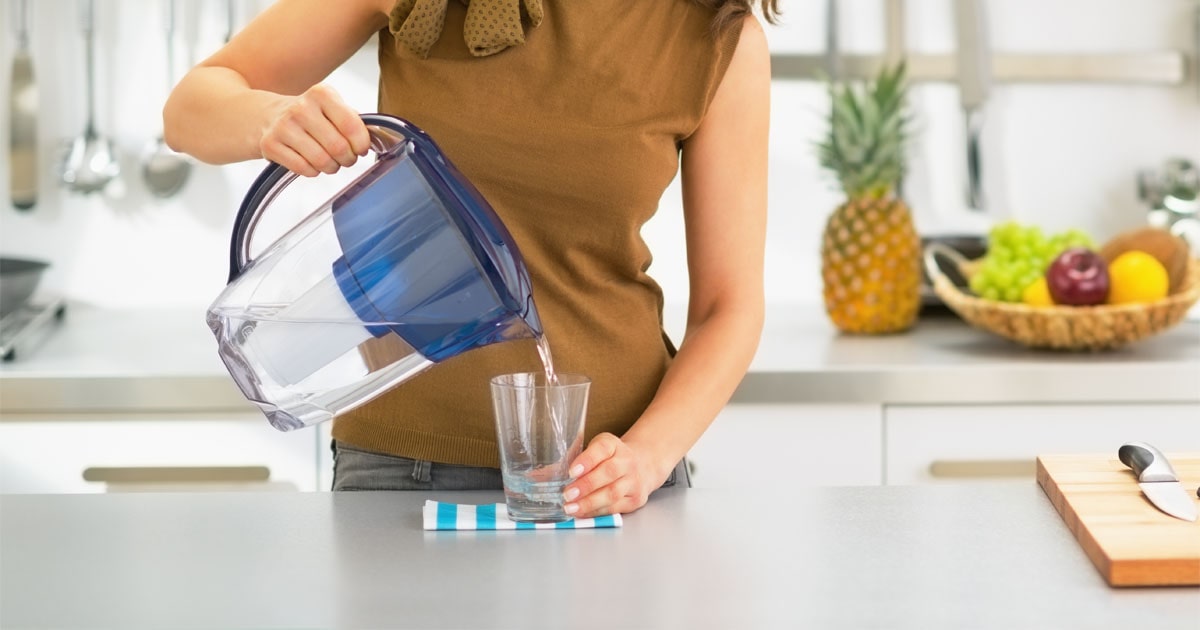
source: pinterest.com
Improving your home’s water quality is an important step in protecting your health and ensuring that your plumbing system lasts as long as possible. By installing a water softener, using a water filter, testing your water regularly, maintaining your plumbing system, and considering a water softening additive, you can enjoy clean, healthy water throughout your home.
If you’re unsure where to start, don’t hesitate to talk to a professional water treatment company for advice and guidance.

